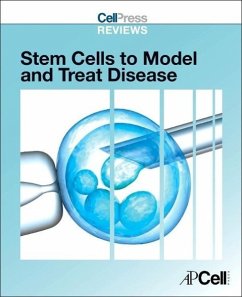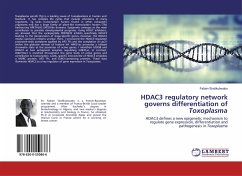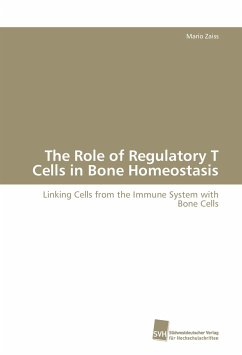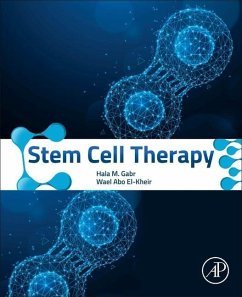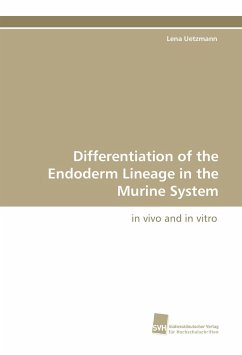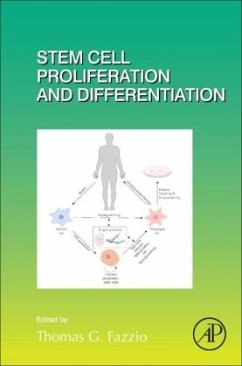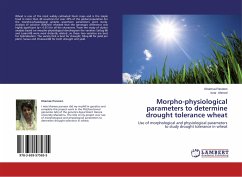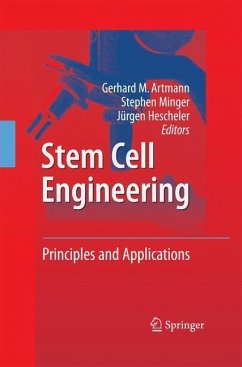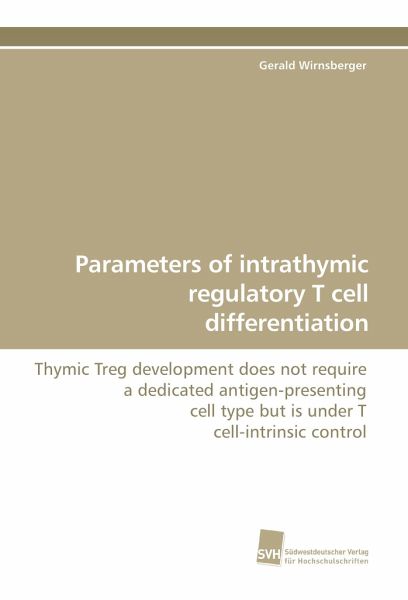
Parameters of intrathymic regulatory T cell differentiation
Thymic Treg development does not require a dedicated antigen-presenting cell type but is under T cell-intrinsic control
Versandkostenfrei!
Versandfertig in 6-10 Tagen
53,90 €
inkl. MwSt.

PAYBACK Punkte
0 °P sammeln!
The majority of regulatory T cells (Tregs) are believed to be of thymic origin. It has been hypothesized that this may result from unique intrathymic environmental cues, possibly requiring a dedicated antigen presenting cell (APC). However, T cell intrinsic developmental regulation of the susceptibility to Treg differentiation remains a mutually non-exclusive scenario. We found that upon exposure of monoclonal T cells of sequential developmental stages to a thymic microenvironment expressing cognate antigen, the efficiency of Treg induction inversely correlated with progressive maturation. In ...
The majority of regulatory T cells (Tregs) are believed to be of thymic origin. It has been hypothesized that this may result from unique intrathymic environmental cues, possibly requiring a dedicated antigen presenting cell (APC). However, T cell intrinsic developmental regulation of the susceptibility to Treg differentiation remains a mutually non-exclusive scenario. We found that upon exposure of monoclonal T cells of sequential developmental stages to a thymic microenvironment expressing cognate antigen, the efficiency of Treg induction inversely correlated with progressive maturation. In support of quantitative but not qualitative features of external cues being critical, thymic epithelial cells as well as different thymic dendritic cell (DC)-subtypes efficiently induced Treg development of immature thymocytes. We propose that the intrinsically high predisposition of immature thymocytes to Treg development may contribute to the predominantly thymic origin of the Treg repertoire. The underlying instructive stimulus, however, does not require unique features of a dedicated APC and can be delivered by hematopoietic as well as epithelial thymic stromal cells.



